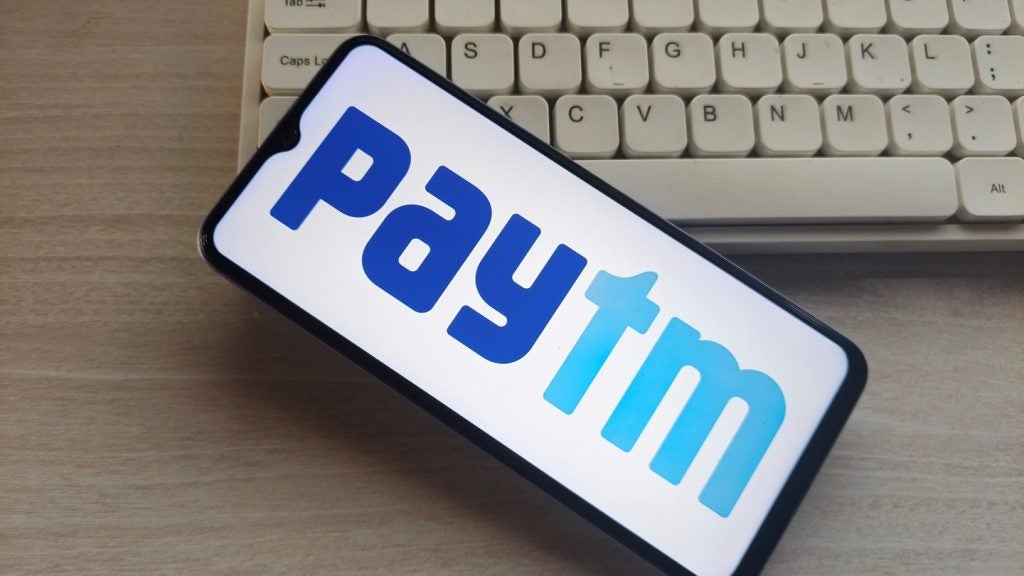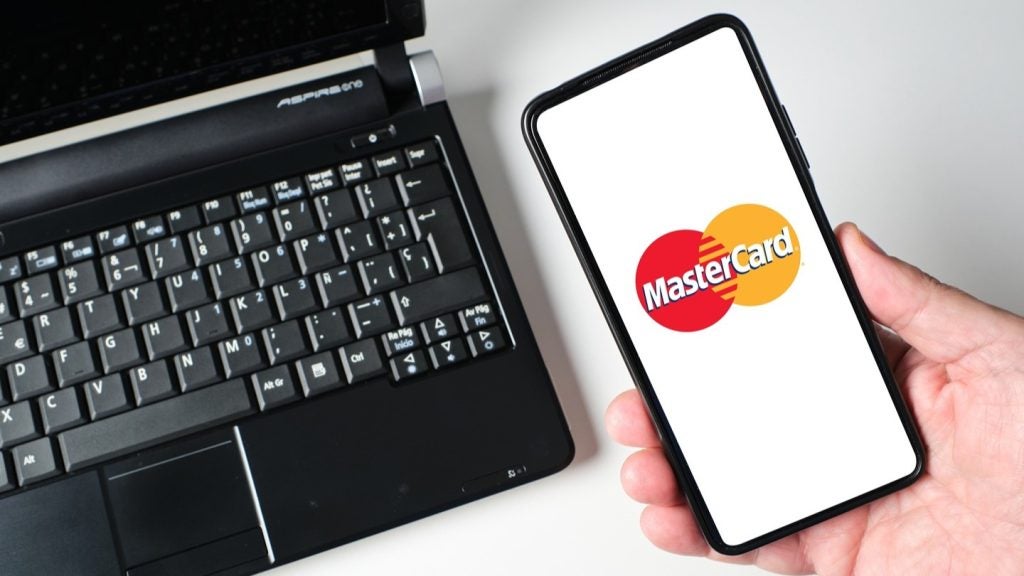By now, we’ve all heard the stats: The Internet of Things is predicted to reach 34 billion connected devices by 2020 (or even more, depending on which research or analyst firm you ask).
From wearables to smart appliances to connected cars, we’re entering a new playing field in terms of both technologies and consumer expectations for mobility and delivery of payments and banking services.

Access deeper industry intelligence
Experience unmatched clarity with a single platform that combines unique data, AI, and human expertise.
As 2018 rapidly approaches, we’ve reached a tipping point that can’t be ignored, and it’s time for the payments industry to capitalise on that growth and utilise new solutions to meet customer demand. Here are three quick ways that banking and payments players will need to think about their businesses in the IoT context:
Recognise the Pattern
Financial institutions and payment providers can’t stand idly on the sidelines while the IoT plays out in front of them. Payments are being woven into new integrated applications including transportation, social media, smart cities and online shopping. As those use cases emerge, the form factors evolve too.
Most top-tier banks have mobile banking and payment apps at this point, but consumers are increasingly expecting more.

US Tariffs are shifting - will you react or anticipate?
Don’t let policy changes catch you off guard. Stay proactive with real-time data and expert analysis.
By GlobalDataThere’s an incredible opportunity for experimenting with contactless technologies – whether cards, mobile devices or wearables – that make payments more convenient and accessible for customers.
Similarly, gone are the days when consumers felt the need to go into a physical branch to open a new bank account. They now want to be able to do so from home or the office via the devices they’ve come to rely on, without interrupting their daily routines.
It’s incumbent upon banks to innovate and leverage biometrics like facial recognition, fingerprint and others to make that expectation a secure reality.
Prepare for the Risk
The security discourse over the past few years has been dominated by EMV, but EMV wasn’t designed to address hurdles that the IoT world presents. Advanced security practices like tokenization will be used in the IoT to solve for limitations. The industry needs to understand requirements for token service providers, study tokenisation methods used in digital wallets like Apple Pay, Samsung Pay and Android Pay as well as in-app purchases, and address critical considerations on the path to tokenisation implementation.
Additionally, formidable time and resources need to be committed by all stakeholders toward securing card-not-present environments (which make up a large slice of the IoT) and decreasing the CNP fraud that spiked by 40% in 2016. Continued research around blockchain will also contribute to the end goal of protecting transactions and digital assets for both financial institutions and consumers.
Don’t Try to Survive in a Vacuum
In the IoT ecosystem, openness and collaboration are necessities rather than options. It’s a brave new world out there, and I expect we’ll see standards bodies, consortiums, working groups and alliances working together to usher payments and banking into the IoT.
If banks and payments providers aren’t already engaging with the Secure Technology Alliance, US Payments Forum or their international counterparts, now is the time. We’re going to see IoT payment applications accelerate in 2018, and there’s no sense in trying to tackle the challenge on your own when we can band together.
Jack Jania is SVP of strategic alliances at Gemalto







